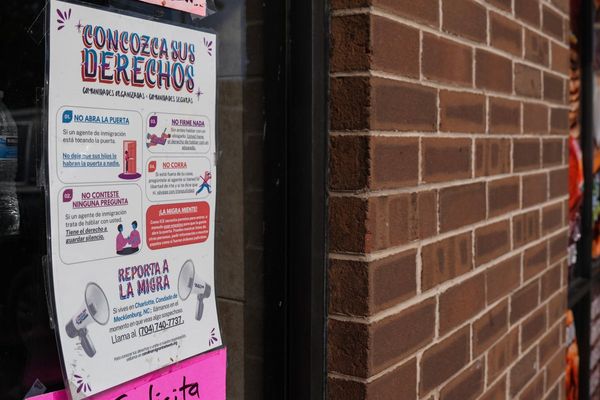
I've tried almost all of the best music streaming services. I've used audiophile-approved Qobuz, best-of-both-worlds Tidal, and even dabbled in Deezer.
But after Spotify's recent missteps — unethical investments, disappointing lossless, increasing subscription prices, to name a few — I started using Apple Music. I can't see myself ever going back to Spotify now. I love everything about Apple Music: the playlists, the algorithm, and the live radio stations.
I've not had time to uncover every inch of Apple Music's features, but I've already deleted the Spotify app. Here's everything I love about Apple Music, and why I quit Spotify.
Why did I leave Spotify?

I've written about my distaste for Spotify many, many times here on Tom's Guide. I've been on a journey for the past few months, trying to find a music streaming service that does everything I want and need, whilst also making ethical sense.
The straw that broke the camel's back was the delayed introduction of Spotify Lossless. This belated addition felt more like a "shut up" feature than something Spotify actually wanted to do. The worst part? Spotify Lossless isn't as lossless as Qobuz, Apple Music, or Tidal.
On top of the lackluster hi-res streaming, Spotify is (allegedly) the worst-paying music streaming service out there. Take a look at these figures.
Spotify is rumored to pay a mere $0.003-$0.005 per stream. Let's compare this to Qobuz, which paid "US$0.01873 per stream" in the financial year 2024. Qobuz pays the most out of any streaming services I've personally come across.
Comparatively, Apple Music (allegedly) pays $0.01 per stream. Yes, this is $0.008 less than Qobuz, but still more than Spotify.
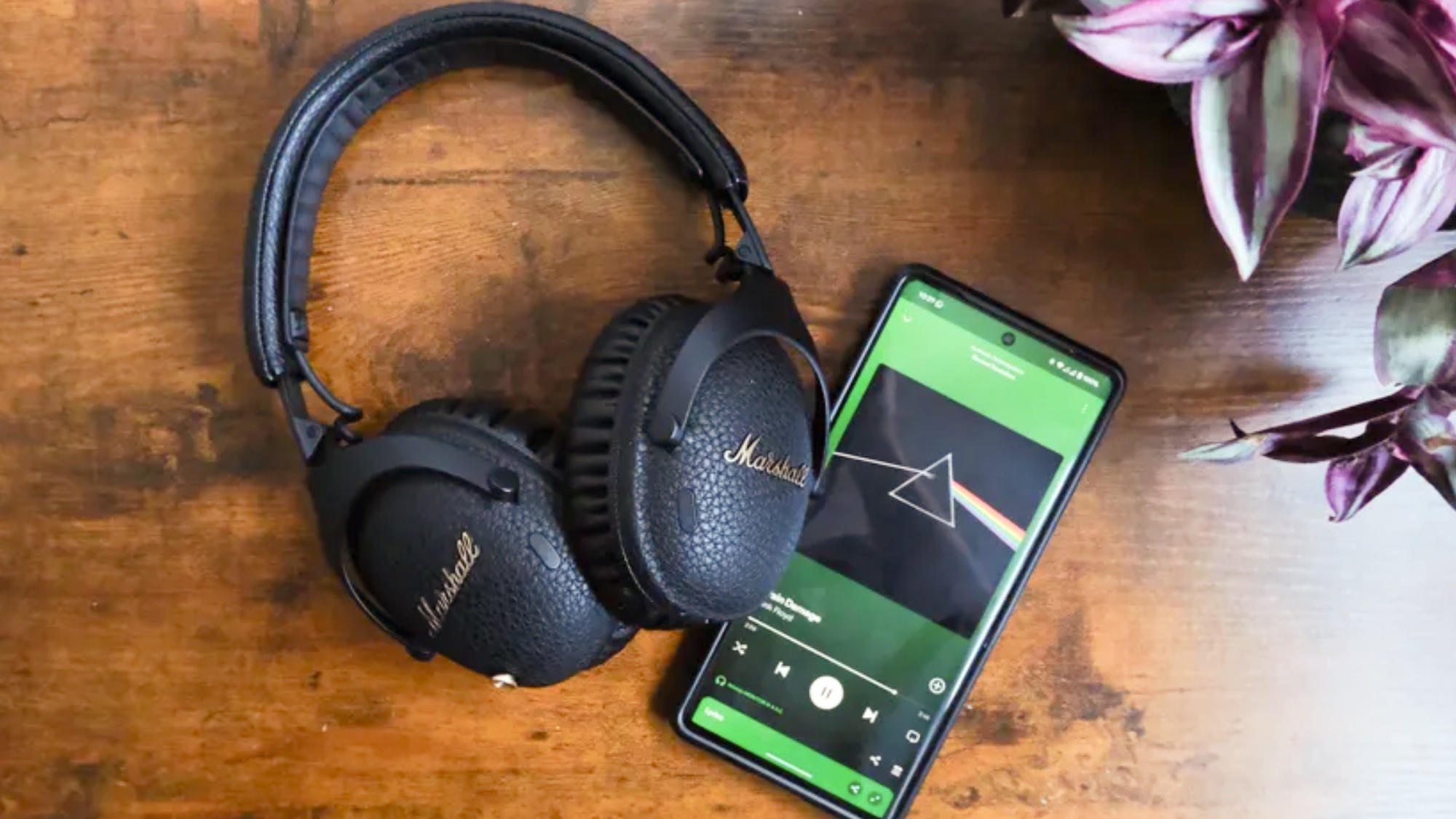
$0.003 is an incomprehensibly low number. You'd need to get 334 streams to make $1.
Regarding artist payouts, I've received the following statement from a spokesperson for Spotify: "Every other streaming service pays less than Spotify. Spotify paid out $10 billion to the music industry last year and has paid out $60 billion all time. Our music subscription competitors haven’t reported their subscriber figures or music industry payouts in years, because they pay far less. Additionally, per-stream rate is a false narrative – a high per-stream rate means that users are listening less. No one wants that!”
Now, I'm not privy to the inner workings of streaming services' payouts, so I can only believe two things: 1) What the freely available facts tell me, or 2) What the companies themselves claim.
Qobuz actually does share its payouts, as I linked above, in its yearly financial reports.
So while Tidal and Apple Music don't share their payouts, Qobuz does. This is why it's the best streaming service for serious music lovers.
However, it's worth noting that Spotify has the largest subscriber base of any streaming service, so this is better for artists in terms of exposure. Ethical Consumer reports that, "It's important to note that while Spotify receives extensive criticism regarding artist compensation, it does not use a significantly less equitable payout model than most of its competitors."
All that being said, streaming is less profitable for artists than buying physical copies of their music. However, we can't make any concrete decisions about which music streamer pays the best until all the streaming services release their payout information.
I would love to see Spotify, Apple Music, Tidal, Deezer, and Amazon Music's true royalty-payments information, so I can compare directly with Qobuz.
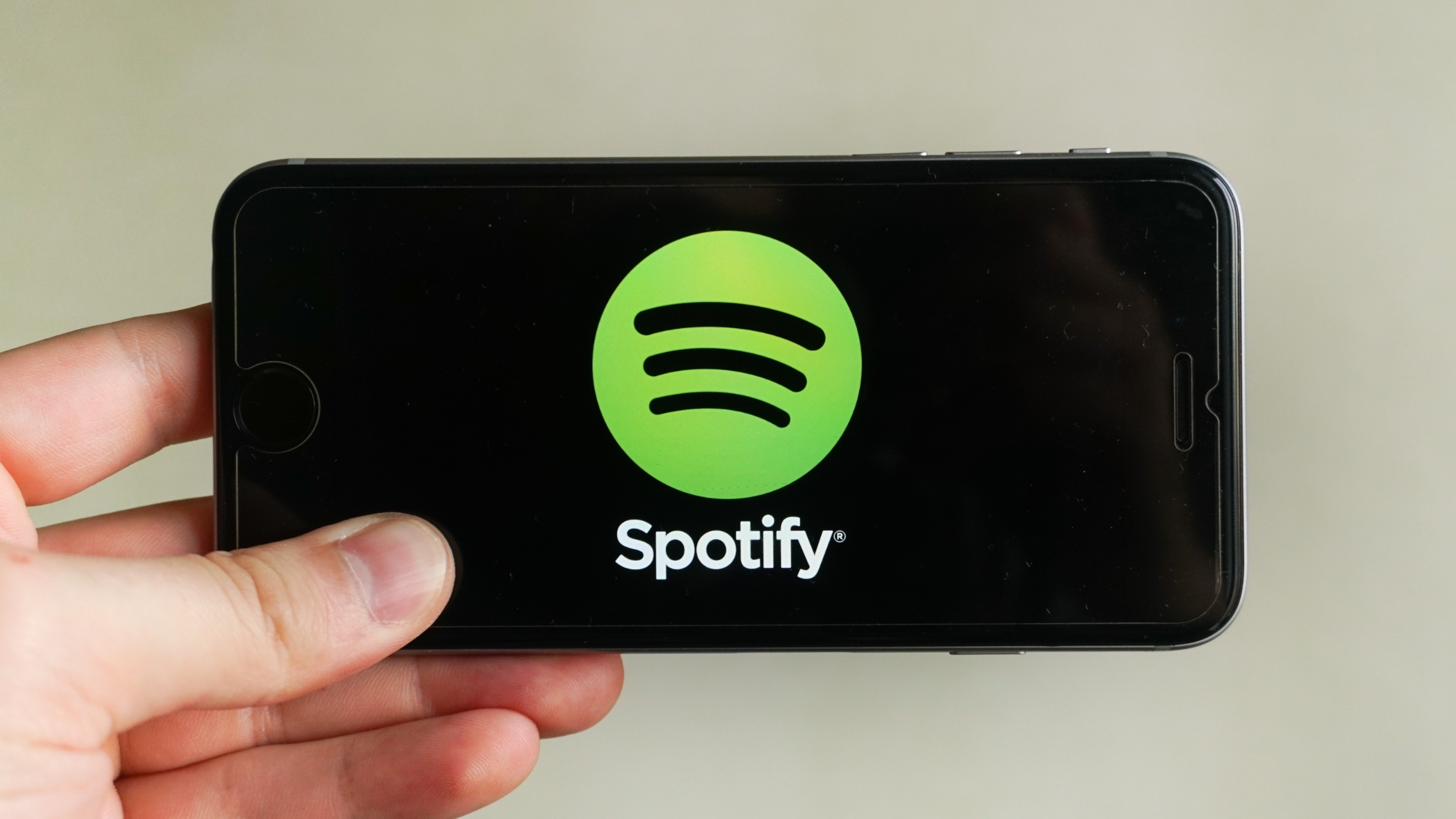
If every artist made peanuts from their music, they wouldn't be able to pay for essentials like rent, food, bills, etc. I'm not talking about huge artists like Taylor Swift or Sabrina Carpenter — they're earning more than enough money for the bare minimum. But smaller, indie artists need extra help.
Sure, music streaming services are inherently exploitative, and I think you should do your bit by attending live shows, buying merch, and promoting your favorite musicians via word of mouth. But I think every little helps, which is why I'm so done with Spotify. I don't want all musicians to have to be on a major label contract to make a wage (and even then, not all of them do).
Don't even get me started on Spotify's CEO, Daniel Ek, making military investments. Let's just say I'm not a fan of the guy and leave it at that.
Does Apple Music have the same features as Spotify?

In short, no. I hate how well Spotify has nailed the streaming landscape. Nay, not nailed. Shaped. Spotify has shaped the streaming landscape and continues to do so. Unfortunately, no other music streamer can quite match the utter beast that is Spotify.
Apple Music doesn't have "Daily Mixes" like Spotify, but it creates a personal station based on your taste. This refreshes once a week, which isn't as good as Spotify. All is not lost, though. Apple Music also has a "Discover Station, "Get Up!", "Focus", "Chill", and mood-based playlists like "Heartbreak" and "Feel Good".
I only dislike one thing about these automated playlists: You can't see the tracklist before pressing play. On Spotify, you can see an entire mix's tracklist before committing. On Apple Music, you're risking it all. I suppose, though, there's a bit of magic to that — it's like going for a lucky dip at a record store, isn't it?
The actual content of these playlists is awesome: my "Heartbreak" playlist was populated with artists like Hayley Williams, Beck, and Nick Cave. All the tracks were, as advertised, heartbreaking.
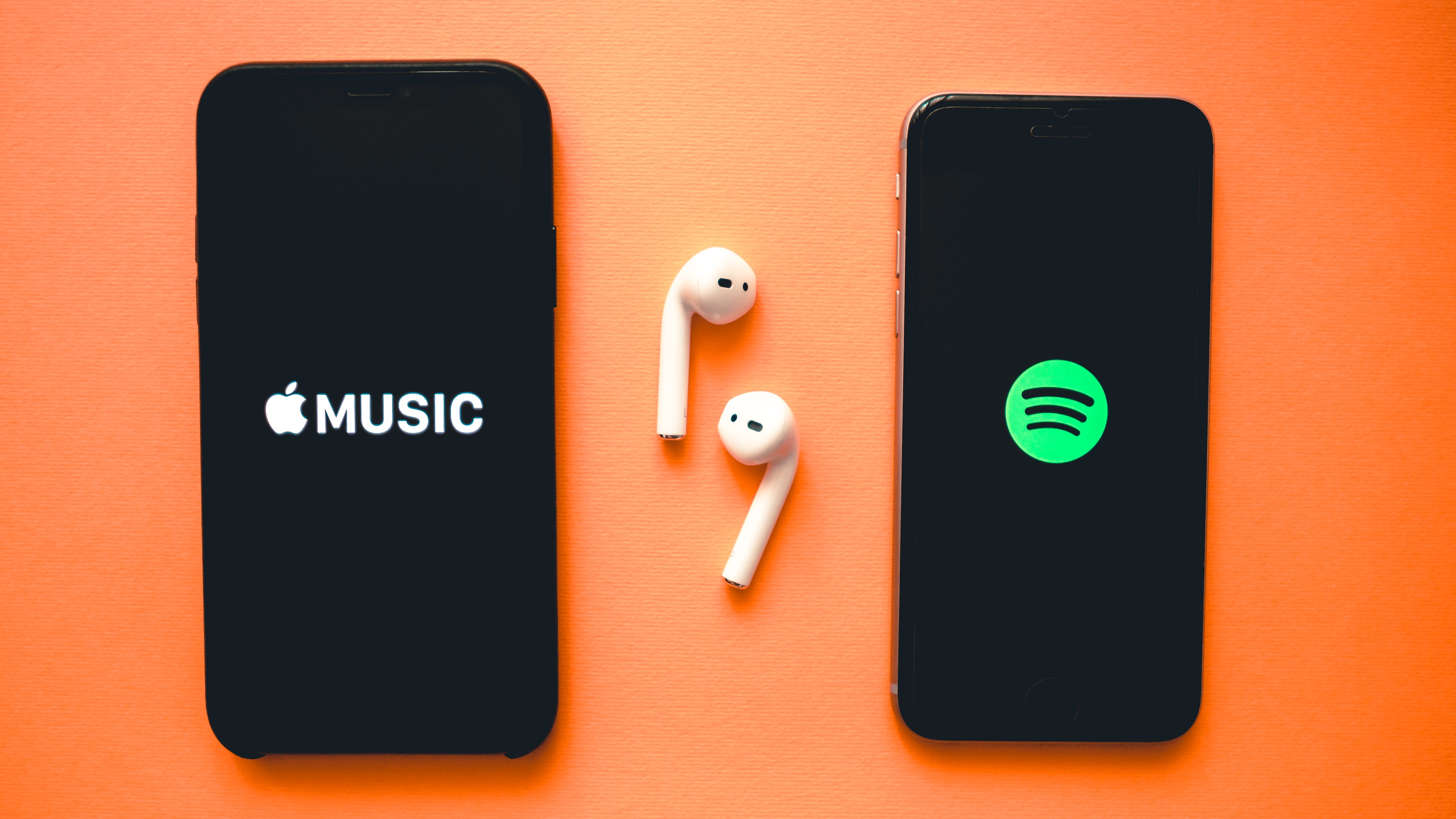
Some good news, though: Apple Music does have a Spotify Wrapped alternative! It's called "Apple Music Replay" and is a very similar feature. Replay tracks: Minutes listened, top artists, top tracks — by month and year — and top genres. There's no fun names like "Pink Pilates Princess" or "Emo Fuzzwave Bucket Summer" (I made that second one up, but doesn't it sound legit?).
You do get the overall genre, though, which is enough. It'll say things like "pop rock", "soft rock", and "alternative" rather than super-niche Instagrammable neo-names.
What does Apple Music have that Spotify doesn't?
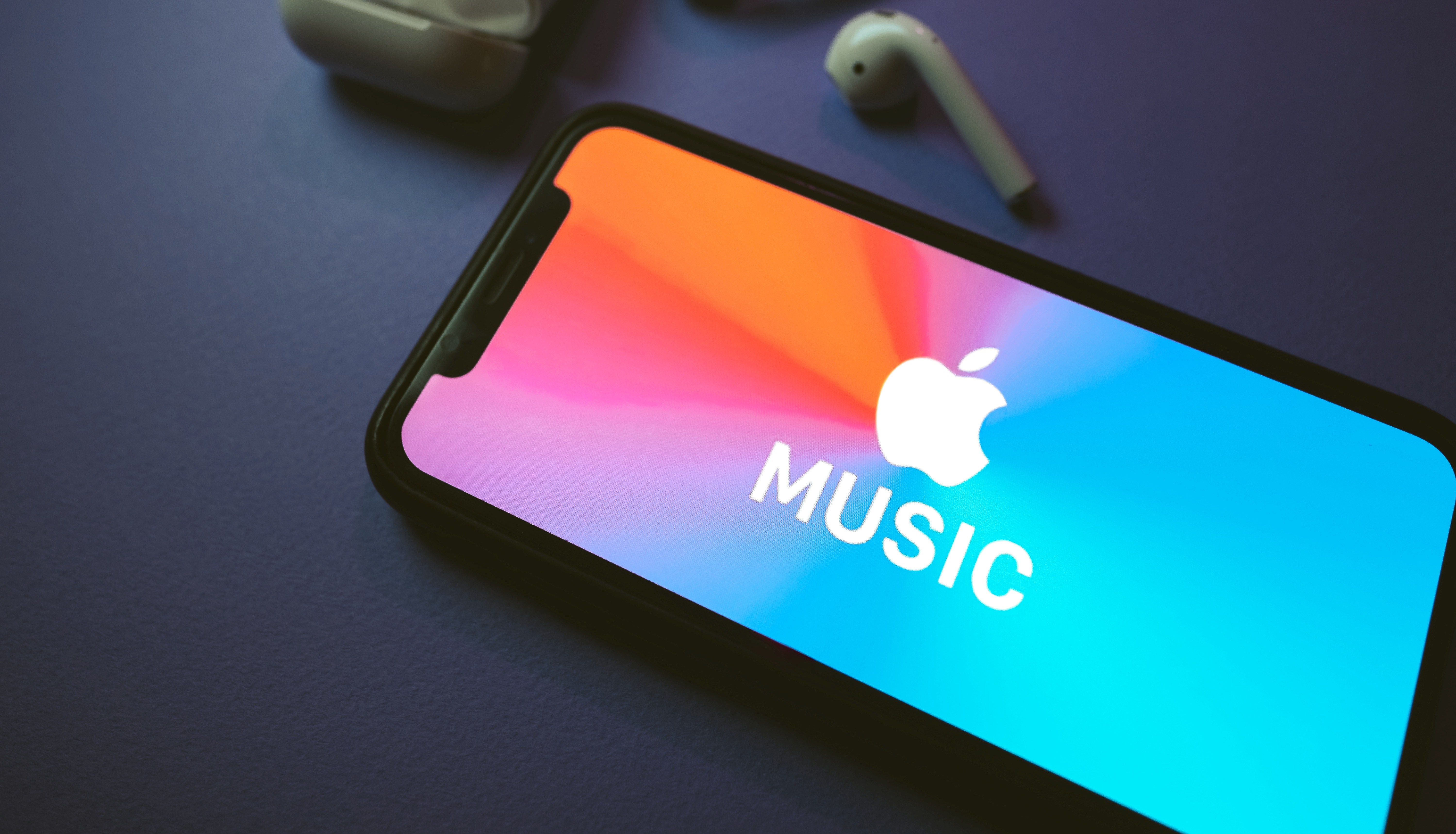
For starters, Apple Music (allegedly) pays artists more. This is my joint-first reason for deleting the Spotify app, alongside the dodgy investments and forgettable Lossless.
Secondly, if you've got AirPods or AirPods Max, you're in for a complete and utter treat. Apple Music unlocks a hi-res Bluetooth codec called ALAC. This is kind of like Apple's version of aptX or LDAC.
There's a catch, though: You can only use ALAC if you're listening with Apple-manufactured audio gear, through the Apple-manufactured streaming service. Yeah, I know, I know. I hate everything about that. But... it's Apple. At this point, what do you expect?
So if you have AirPods Pro 3, AirPods Max, or AirPods Pro 2 like me, you're going to get a whole new world of audio quality. I'm talking second-to-none Dolby Spatial Audio, high-fidelity, expansive soundscapes, and textured, dynamic sound reproduction. Oh, boy. Apple Music makes my AirPods Pro 2 sound even better than they are.
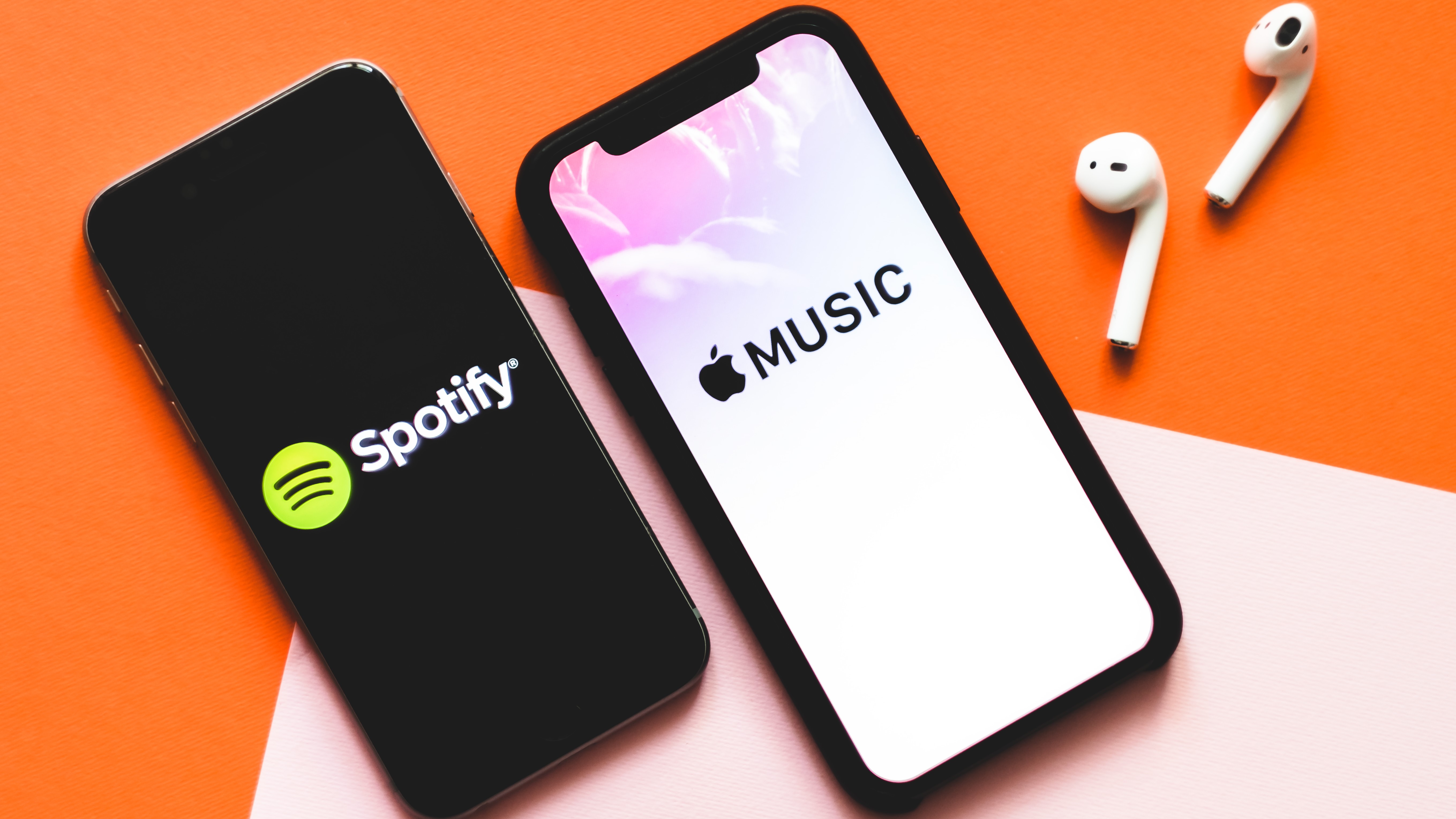
Now for a really good reason: Live radio. You know how Spotify keeps shoving that "AI DJ" down our throats?
Yeah, Apple Music heard you, and raised you. Apple Music has real human DJs almost 24/7. You'll find specialist radio shows on all sorts of genres, from cheesy throwback pop hits, to alternative new releases, to J-Pop, and hip-hop. Here's what the radio homepage looks like.

I utterly adore live radio. I test all the best microphones for broadcasting here at Tom's Guide, and spent three years presenting a specialist radio show whilst at university, so of course, radio holds a special place in my heart. All of Apple Music's shows are versatile and nuanced, and showcase a huge variety of genres, with playlists highlighting unknown musicians and big-name artists alike.
I listen to these shows pretty much every day and I'm always discovering new songs. I especially am into Matt Wilkinson and Zane Lowe — I highly recommend these DJs if you take advantage of Apple Music's free trial month.
Speaking of the Apple Music free trial month... if you're interested in switching, you can now transfer your Spotify library for free. Unfortunately, this is only available in a certain number of countries, and the U.S. isn't one of them. As I'm based in the U.K., though, I can confirm that I've tried this feature and it works like a dream. It transferred around 10,000 songs worth of playlists in under 2 hours.
I'm not finished exploring Apple Music, though
I'm going to end by saying that I have only been using Apple Music for a few weeks, whereas I used Spotify for almost 17 years. I got Spotify in January 2009. I was literally a child on my parents' old desktop PC.
So, of course I know more about Spotify than I do Apple Music. I'm actually heartbroken that Spotify has forced me to do this, and forced an old dog to learn new tricks. I barely have time to do my hobbies, let alone teach myself how to use a brand-new music streaming service.
Rest assured I'll write more pieces on how I'm getting on with Apple Music. As I uncover more features, annoyances, and points of comparison, I'll almost certainly write about. If you want more info on the switch from Spotify, be sure to follow along.
For example: I've seen other users claim you can't really switch between smart home devices when using Apple Music, and setting up a home sound system can be tricky thanks to the lack of a "Spotify Connect" type feature. I'll investigate that in due course.

Follow Tom's Guide on Google News and add us as a preferred source to get our up-to-date news, analysis, and reviews in your feeds.




